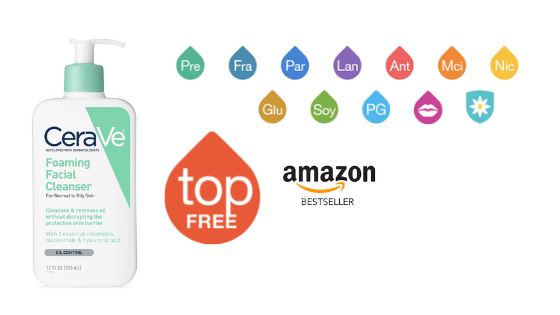We all try to be careful if we have an injury to our skin, but people with certain skin diseases are more susceptible to a skin damage response called the Koebner phenomenon. Koebner phenomenon is a skin reaction to an injury where inflammation mysteriously extends onto the healthy skin branching away from the injured area. The area can be damaged with as little trauma as severe scratching or a vaccine shot or from a larger insult such as a surgical scar or tattoo.
Koebner phenomenon was first observed by Henrich Koebner, a German dermatologist in 1872 when he noticed some of his patients, particularly those with psoriasis, developed further spread onto the skin next to a damaged area that was not directly involved.
Since then, this response has been observed in a number of skin diseases such as lichen planus, vitiligo, herpes and eczema though psoriasis patients are the largest group affected. Approximately 25 to 50 percent of people with psoriasis develop Koebner phenomenon and as many as 10 percent have Koebner phenomenon with every injury.
Koebner phenomenon occurs more often in the winter and is more common in children. There are numerous types of skin injuries it has occurred after such as dog bites, cat scratches, insect bites, sunburns or areas that have been rubbed or scrapped by elastic bands of socks or by skin waxing. Typically Koebner phenomenon appears 10 to 14 days after the skin trauma.
What is unusual is the Koebner phenomenon may occur unexpectedly. One person developed it in their right hand due to pressure from a tennis racket; another on one finger from the pressure of their wedding ring and still another developed it behind their ears from contact of the arms of their eyeglasses. At the same time, Koebner phenomenon may not occur until years later at the site of an injury.
Prevention:
People with psoriasis are particularly at risk so need to take special care of their skin to avoid stimulating Koebner phenomenon. Try to avoid excess scratching or friction to areas with scales and plaques. Apply moist compresses of salt water and extra moisturizer or Vaseline to try and rehydrate the skin. After showers, only pat thickened areas with a towel instead of rubbing.
Go gently with brushing your hair to not damage your scalp as well as pay attention to not rushing while shaving. Keep fingernails cut short. Sun exposure should be limited by using sunscreen and only use hypoallergenic products on your skin. Test any new product first on an area of unaffected skin to make sure you do not have a reaction first.
If you have had a Koebner phenomenon response before, you should check with a doctor before having any laser treatments or tattoos and make sure a surgeon is aware of your history prior to having any surgery.
sources:
www.psorinfo.com/Koebner-phenomenon.aspx?ID=52
http://organizedwisdom.com/Koebner_Phenomenon
Michele is an R.N. freelance writer with a special interest in woman’s healthcare and quality of care issues. Other articles by Michele are at www.helium.com/users/487540/show_articles





Add a CommentComments
There are no comments yet. Be the first one and get the conversation started!